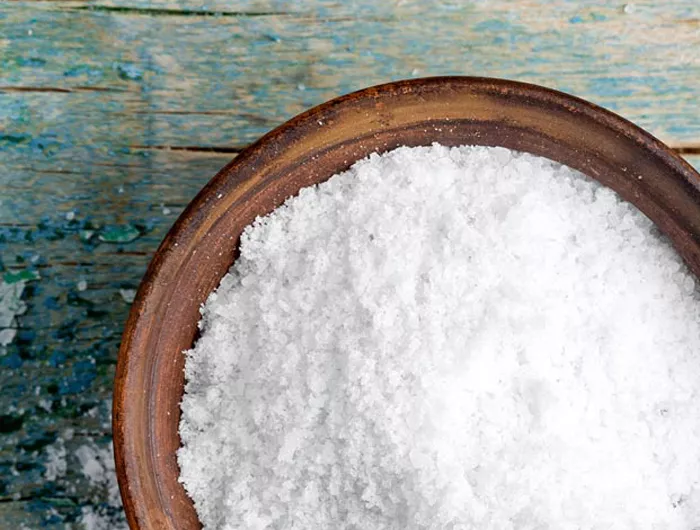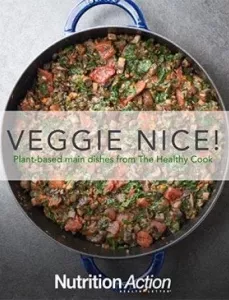Our guide to salts

Sea Wave - stock.adobe.com.
Most of the salt we eat comes from processed foods. But sometimes you need a little salt for recipes or seasoning. Here’s our take on four common ones...and which claims to take with a few grains of, umm, salt.
Himalyin’?

“Nutrient-dense,” says Terrasoul Superfoods Himalayan Pink Salt. “84 minerals.”
Its website’s advice: “Use daily in place of ordinary table salt to support optimum health, and to add a full spectrum of minerals to your diet.”
How much of those 84 minerals can you expect? Terrasoul has good data for only 23 of them, and for most of those, levels were less than 1 part per million.
The salt’s striking pink hue comes from traces of minerals like iron. A serving (¼ teaspoon) has 0 milligrams of iron, according to the label. Ditto for calcium and potassium.
Himalayan salt is “dense” in only two minerals—sodium and chloride. And the combo is far more likely to raise your blood pressure than to “support optimum health.”
Unreal claims

“Is your salt real?” asks Redmond Real Salt. Its key claims:
■ Iodine. Ordinary table salt isn’t natural because it’s mixed with potassium iodide, says Redmond. Iodine is added because it’s an essential nutrient, though we get it largely from seafood, bread, and dairy foods (it’s used to clean milking equipment).
■ Sugar. “Many salts contain anti-caking agents and even dextrose (sugar),” charges Real Salt. Yes, but you’d have to eat 8½ cups of Morton Iodized Salt, for example, to get a trivial 1 gram of sugar.
■ Minerals. Salt’s sodium “is best when paired with potassium—which occurs naturally, along with about 60 other trace minerals, in Real Salt,” says the company’s website. But you’d need more than 1¼ cups of Real Salt to get the potassium of a small banana. How much of the “60 other trace minerals” do you get? Here’s a clue: Gold and silver are on the list.
Potassium to the rescue

Trying to cut back on sodium? Replace some ordinary salt (sodium chloride) with potassium salt (potassium chloride).
The upside: salty taste, no sodium, and a nice dose of potassium (which helps lower high blood pressure). Sodium-free salt substitutes like Nu-Salt have 600 to 800 milligrams of potassium per ¼ teaspoon. (A small banana has 360 mg.)
The downside: some people detect a bitter aftertaste. So try a half sodium-half potassium salt blend like Morton Lite Salt. A ¼ teaspoon has 290 mg of sodium (about half what regular table salt has) and 350 mg of potassium.
Note: Some diseases (like heart failure or kidney disease) and some drugs (like ACE inhibitors, angiotensin II receptor blockers, and potassium-sparing diuretics) make it hard to excrete potassium. If that applies to you, talk to your doctor first.
Keep kosher?

Why do our Healthy Cook recipes often call for kosher salt?
Kosher salt’s coarse crystals mean that each teaspoon has less sodium than ordinary, finely ground table salt. That makes it easier to avoid over-salting a dish.
Our recipes use numbers for Morton Coarse Kosher Salt, which has 480 milligrams of sodium per ¼ teaspoon. (Regular table salt has 590 mg.) To slash sodium further, look for Diamond Crystal, with just 280 mg per ¼ tsp., thanks to its hollow crystals. (Bonus: They dissolve quickly, making it a favorite of chefs.)
Kosher salt has no iodine, but odds are, you get enough from other foods. Still worried? Take a multivitamin. Planning a pregnancy? Take a multi for the iodine...and more.
Photos (top to bottom): Sea Wave/stock.adobe.com, TERRASOUL SUPERFOODS, Real Salt, Morton Salt, Inc., Cargill, Incorporated.




